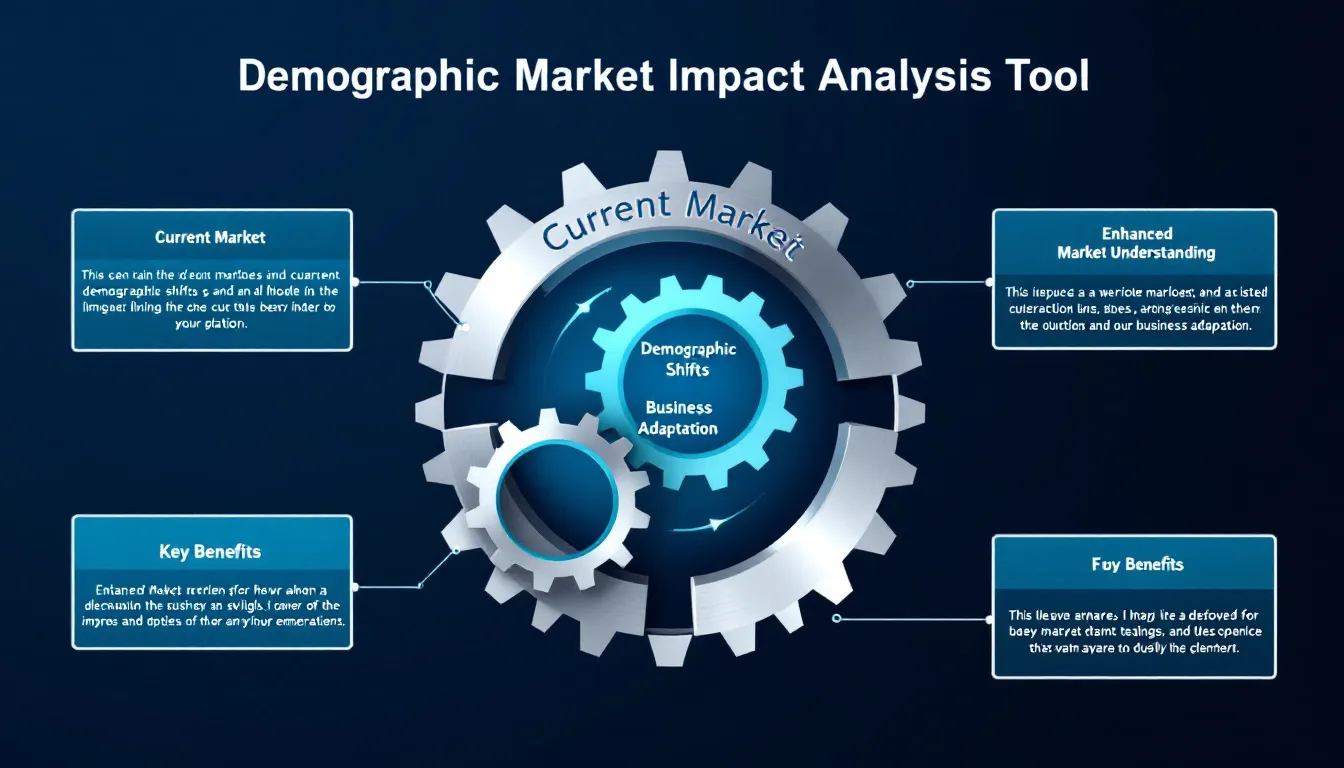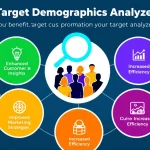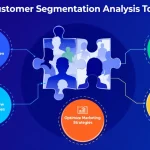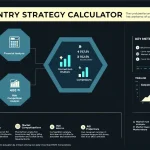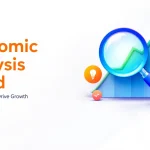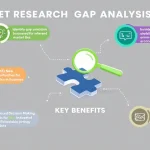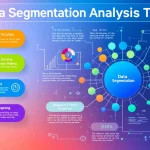Is this tool helpful?
How to Use the Demographic Market Impact Analysis Tool Effectively
This comprehensive analysis tool helps businesses understand and adapt to demographic shifts in their target markets. Here’s a detailed guide on using each field effectively:
1. Business Name Entry
Enter your organization’s name in the first field. Examples:
- “Green Earth Wellness Center” – A health and wellness company
- “TechnoVate Solutions” – A B2B software provider
2. Current Market Description
In this field, provide detailed information about your existing customer segments. Be specific about:
- Age demographics
- Geographic locations
- Income levels
- Behavioral patterns
- Purchasing preferences
Sample descriptions:
- “Middle-income families aged 35-50 in suburban areas, primarily focused on organic food and wellness products, with average household income of $75,000-$100,000”
- “Corporate executives and decision-makers in metropolitan areas, aged 40-60, seeking enterprise-level software solutions, with procurement budgets exceeding $500,000”
3. Demographic Shifts Input
Detail the demographic changes affecting your market. Consider:
- Population aging trends
- Migration patterns
- Cultural shifts
- Economic changes
- Technological adoption rates
Understanding the Market Impact Analysis Tool
The Demographic Market Impact Analysis Tool is an advanced business intelligence solution that helps organizations adapt their strategies to evolving demographic landscapes. It processes complex market data to provide actionable insights for business adaptation and growth.
Key Components of Analysis
The tool analyzes three primary dimensions:
- Current market positioning
- Demographic shift patterns
- Adaptation opportunities
Benefits of Using the Market Impact Analysis Tool
Strategic Advantages
- Enhanced market understanding
- Proactive strategy development
- Improved customer targeting
- Risk mitigation
- Competitive advantage
Operational Benefits
- Data-driven decision making
- Resource optimization
- Enhanced product development
- Better customer service alignment
Problem-Solving Applications
Market Adaptation Strategies
The tool addresses specific business challenges through:
- Demographic trend analysis
- Market opportunity identification
- Product adaptation recommendations
- Service delivery optimization
Case Study Example
Consider a retail clothing store transitioning from a young adult focus to serving an aging population:
- Initial Market: 18-25 year olds, urban locations
- Demographic Shift: Aging population in suburban areas
- Tool Analysis Outcomes:
- Product line expansion recommendations
- Store layout modifications
- Service adjustments
- Marketing channel adaptation
Practical Applications and Use Cases
Retail Sector Application
Example scenario for a retail business:
- Business: “Fashion Forward Boutique”
- Current Market: Young professionals, urban areas
- Demographic Shift: Increasing suburban families
- Tool Recommendations:
- Product line expansion
- Location strategy adjustment
- Service model adaptation
Service Industry Application
Example for a healthcare provider:
- Business: “MetroCare Health Services”
- Current Market: General population, urban center
- Demographic Shift: Aging suburban population
- Tool Insights:
- Service expansion opportunities
- Facility location optimization
- Staff training requirements
Frequently Asked Questions
General Usage Questions
Q: How often should I conduct a demographic market analysis?
A: It’s recommended to conduct analysis quarterly or when significant market changes occur.
Q: Can this tool be used for multiple business locations?
A: Yes, you can analyze different locations separately to understand regional demographic variations.
Q: What types of businesses benefit most from this tool?
A: Any business serving consumer markets can benefit, including retail, healthcare, education, and service industries.
Implementation Questions
Q: How can I best implement the tool’s recommendations?
A: Start with small-scale changes, measure results, and scale successful adaptations.
Q: Should I focus on current or emerging demographics?
A: The tool helps balance both, ensuring current customers are served while preparing for demographic shifts.
Q: How can I combine this analysis with other business planning tools?
A: This tool complements strategic planning, market research, and customer feedback systems.
Strategic Applications
Q: How can this tool help with expansion planning?
A: It provides insights into demographic trends in potential new markets and helps identify growth opportunities.
Q: Can the tool help with product development?
A: Yes, it helps identify emerging demographic needs that can inform product innovation and adaptation.
Q: How does this tool support marketing strategies?
A: It helps align marketing messages and channels with evolving demographic characteristics and preferences.
Advanced Usage Tips
Data Integration Strategies
- Combine tool insights with existing customer data
- Integrate with sales trends analysis
- Cross-reference with market research
- Align with business growth objectives
Long-term Strategic Planning
- Use findings for 3-5 year planning cycles
- Develop staged adaptation strategies
- Create demographic shift response plans
- Build flexible business models
Important Disclaimer
The calculations, results, and content provided by our tools are not guaranteed to be accurate, complete, or reliable. Users are responsible for verifying and interpreting the results. Our content and tools may contain errors, biases, or inconsistencies. We reserve the right to save inputs and outputs from our tools for the purposes of error debugging, bias identification, and performance improvement. External companies providing AI models used in our tools may also save and process data in accordance with their own policies. By using our tools, you consent to this data collection and processing. We reserve the right to limit the usage of our tools based on current usability factors. By using our tools, you acknowledge that you have read, understood, and agreed to this disclaimer. You accept the inherent risks and limitations associated with the use of our tools and services.
